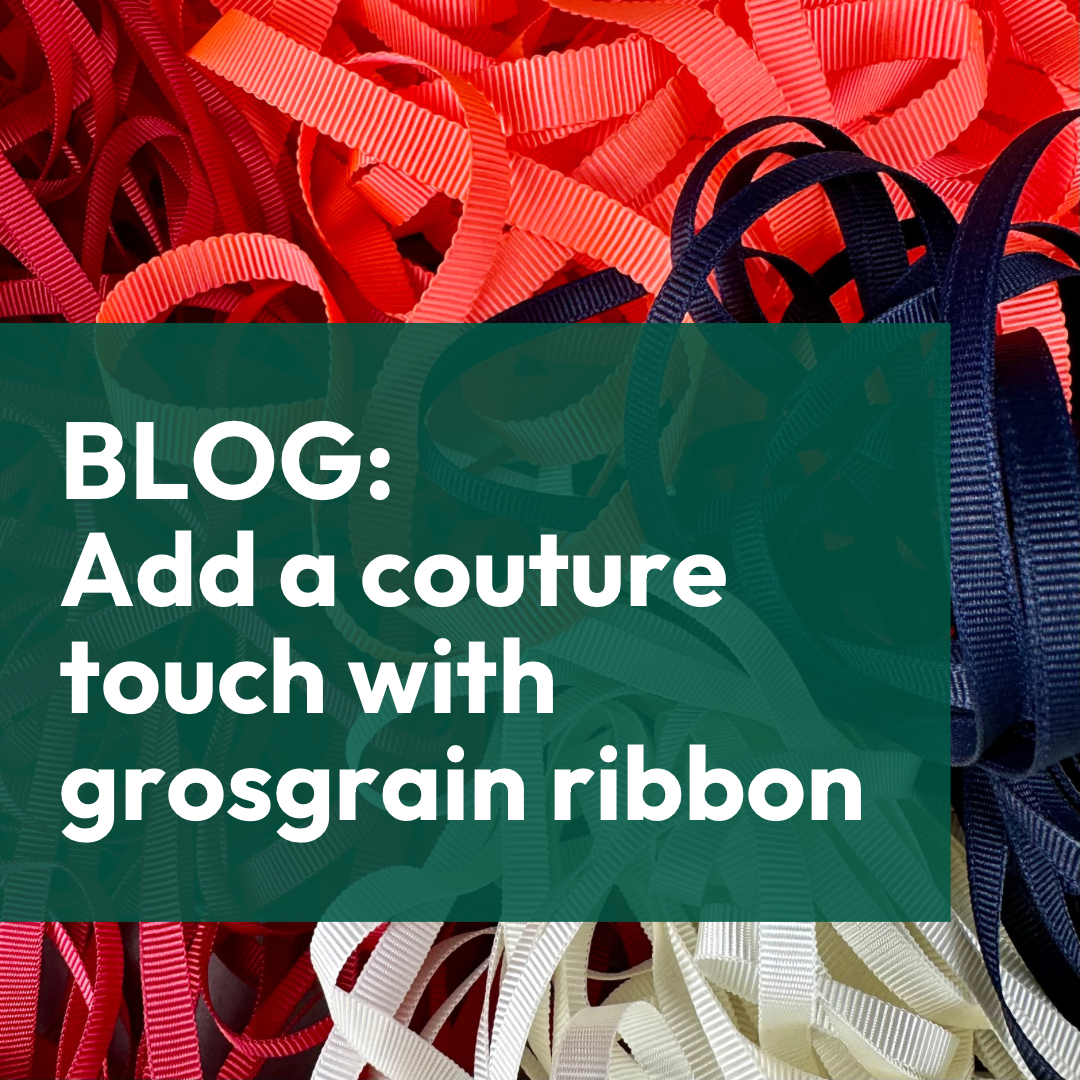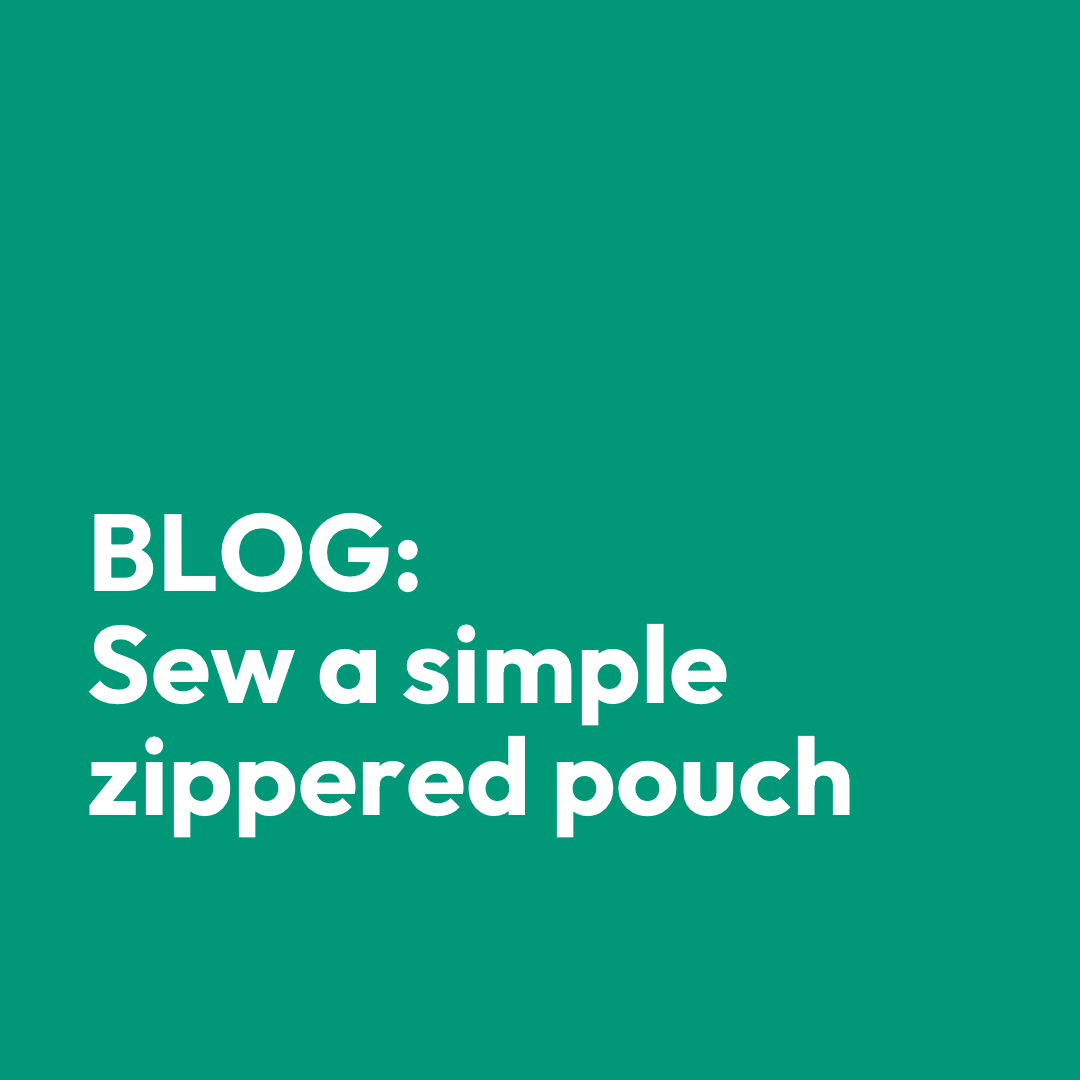Mastering the Art of Sewing with Fusible Knit Interfacing

When it comes to elevating your sewing projects, the right tools and techniques can make all the difference. One such tool that deserves a place in every sewer's toolkit is fusible knit interfacing. This versatile material can transform the way your fabrics behave, ensuring a polished finish and professional-looking results. In this post, we'll delve into what fusible knit interfacing is, its benefits, and provide you with some essential tips on how to use it effectively.
What is Fusible Knit Interfacing?
Fusible knit interfacing is a lightweight, flexible, and heat-activated fabric used to add structure, stability, and shape to a variety of knit fabrics. Unlike woven interfacing, which is better suited for woven fabrics, knit interfacing is specially designed to work harmoniously with stretchy fabrics like jersey, spandex, and other knits.
Key Benefits of Fusible Knit Interfacing:
-
Enhanced Stability: One of the primary benefits of using fusible knit interfacing is its ability to stabilize and reinforce knit fabrics, preventing them from stretching out of shape during the sewing process.
-
Improved Drape: While providing stability, knit interfacing maintains the natural drape of the fabric, ensuring that your final garment or project retains its comfortable and flattering fit.
-
Easy Application: Thanks to its fusible nature, this interfacing adheres to the fabric with the application of heat, eliminating the need for time-consuming hand-stitching or sewing in place.
Tips for Using Fusible Knit Interfacing:
-
Selecting the Right Type: Fusible knit interfacing comes in various weights and colours. Choose a weight that complements your fabric and a colour that blends seamlessly. If in doubt, opt for a lighter weight as it's generally more versatile.
-
Preparation is Key: Before applying the interfacing, pre-shrink both your fabric and the interfacing to ensure that they won't warp or distort after the first wash.
-
Applying the Interfacing: Place the bumpy, adhesive side of the interfacing onto the wrong side of your fabric. Make sure the iron is set to the appropriate heat setting for the fabric you're using and press down firmly. Avoid using a back-and-forth motion, as this can stretch or distort the fabric.
-
Cooling and Testing: Allow the fabric to cool for a few minutes before checking the adhesion. Gently tug on the fabric to ensure that the interfacing has securely bonded.
-
Testing on a Scrap: It's a good practice to test a small piece of both the fabric and interfacing beforehand to ensure compatibility. This helps avoid any unexpected results on your final project.
Conclusion
With the right knowledge and techniques, fusible knit interfacing can be a valuable ally in your sewing endeavours. Its ability to enhance stability while preserving the natural drape of your fabrics makes it an indispensable tool for a wide range of projects. By following these tips, you'll be well on your way to achieving professional-looking results that are sure to impress. Happy sewing!




Leave a comment
This site is protected by hCaptcha and the hCaptcha Privacy Policy and Terms of Service apply.